How Often Should You Replace Your Combustible Gas Detectors?
In daily life and numerous industrial settings, combustible gas detectors serve as a critical safety barrier. They promptly detect gas leaks, preventing severe accidents like explosions and fires. However, many people remain unclear about how often these detectors should be replaced. The answer depends on multiple factors, which we'll explore below.
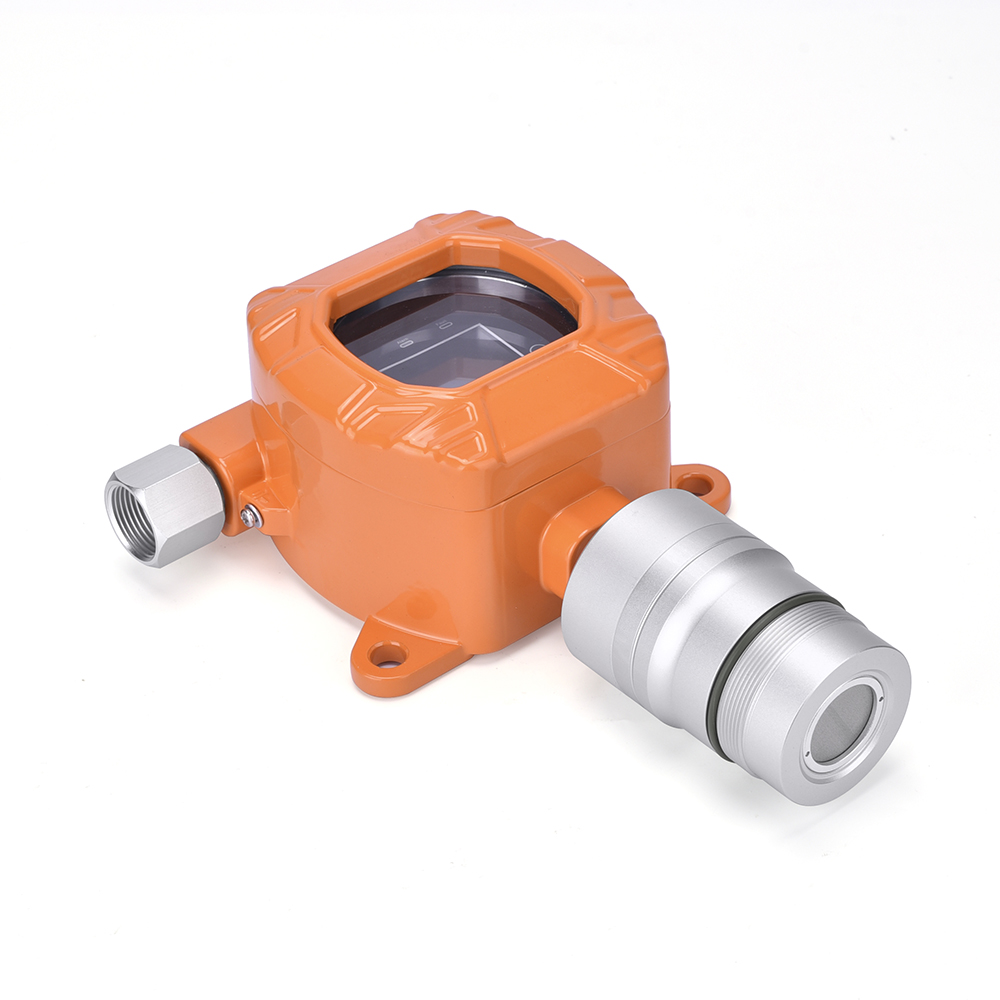
Manufacturer Recommendations Are the Primary Reference
Most manufacturers of combustible gas detectors provide recommended replacement intervals in their product manuals. Generally, common household detectors have a service life of approximately 5 to 10 years. This is because the internal sensor is the core component, and its performance gradually degrades over time. Take the common catalytic combustion sensor as an example: during prolonged use, the catalytic element may become less sensitive to combustible gases due to impurity adsorption and aging, significantly compromising detection accuracy and reliability. Manufacturers' replacement recommendations, based on extensive experimental data and product testing, carry authority and scientific validity. Therefore, these guidelines should be followed first.
Operating Environment Impacts Replacement Cycle
The severity of the operating environment significantly impacts the lifespan of combustible gas detectors. In industrial settings like petrochemical plants or coal mines, environments may contain high levels of dust, corrosive gases, or concentrated combustible gases. Dust can accumulate on the sensor and ventilation ports, obstructing gas flow and detection. Corrosive gases erode the detector's casing and internal circuitry, accelerating component degradation. In such harsh conditions, the service life of a combustible gas detector may be drastically shortened, potentially requiring replacement within 3 to 5 years. Conversely, if installed in relatively clean and stable environments like home kitchens with low usage frequency, its lifespan may approach or even exceed the manufacturer's recommended maximum duration.
Detection Frequency and Intensity
Detection frequency and intensity are also critical factors determining replacement timing. If a combustible gas detector operates continuously 24/7—such as in large factories or commercial facilities—the sensor remains perpetually active, accelerating wear and tear. Frequent detection subjects the sensor to prolonged operational stress, hastening component degradation and performance decline. Conversely, detectors used only occasionally—like those in seasonal warehouses or temporary sites—experience lower usage intensity and may exhibit relatively longer lifespans. Additionally, frequent detection of high concentrations of combustible gases can cause significant damage to the sensor, shortening its service life.
The Relationship Between Regular Testing and Maintenance
Regular testing and maintenance of combustible gas detectors can extend their lifespan while also helping determine when replacement is necessary. Routine testing includes functional checks and calibration, using standard gases to verify detection accuracy and response time. If the detector consistently fails to meet specified detection accuracy after multiple calibrations, or exhibits frequent false alarms, missed alarms, or other malfunctions, this indicates severe performance degradation. Replacement should be considered even if the manufacturer's recommended replacement interval has not been reached. Similarly, during maintenance, if irreparable issues such as damaged casings or circuit failures are discovered, the detector must be replaced promptly.
There is no fixed standard for replacing combustible gas detectors. Decisions should be based on a comprehensive assessment of multiple factors, including manufacturer recommendations, operating environment, detection frequency and intensity, and the status of regular inspections and maintenance. To ensure detectors consistently function properly and provide reliable protection for life and property, users should closely monitor operational conditions and make timely replacement decisions based on actual circumstances.
Related information
-
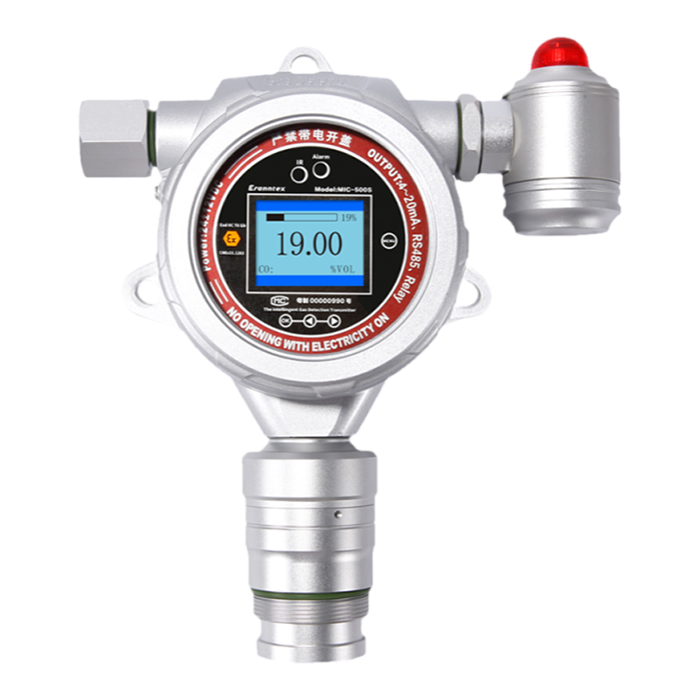
Combustible Gas Detectors: Your First Line of Defense
In today\'s society, whether in cosy domestic settings, bustling industrial environments, or challenging outdoor work zones, combu...
2025-10-31 -

How to Test Your Oxygen Detectors Effectively?
In today\'s society, where safety and health are paramount, oxygen detectors serve as vital equipment safeguarding us from the d...
2025-10-29 -

Oxygen Detectors: Your Key to a Safer Environment
In the global pursuit of safety and healthy living, oxygen detectors are increasingly becoming indispensable equipment for safeg...
2025-10-27 -
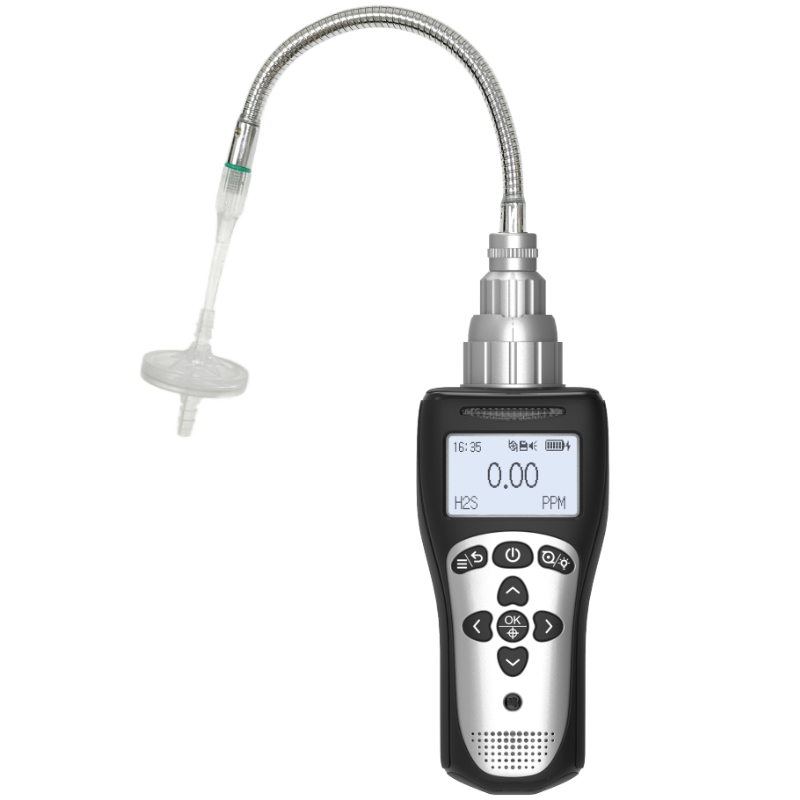
6 Types of Oxygen Detectors You Should Know About
In countless industrial, commercial, and research settings, oxygen serves as both the source of life and a potential hazard. Insuf...
2025-10-24 -

How Often Should You Replace Your Oxygen Detectors?
In today\'s society, oxygen detectors play a vital role across industrial production, underground operations, and specific domesti...
2025-10-22

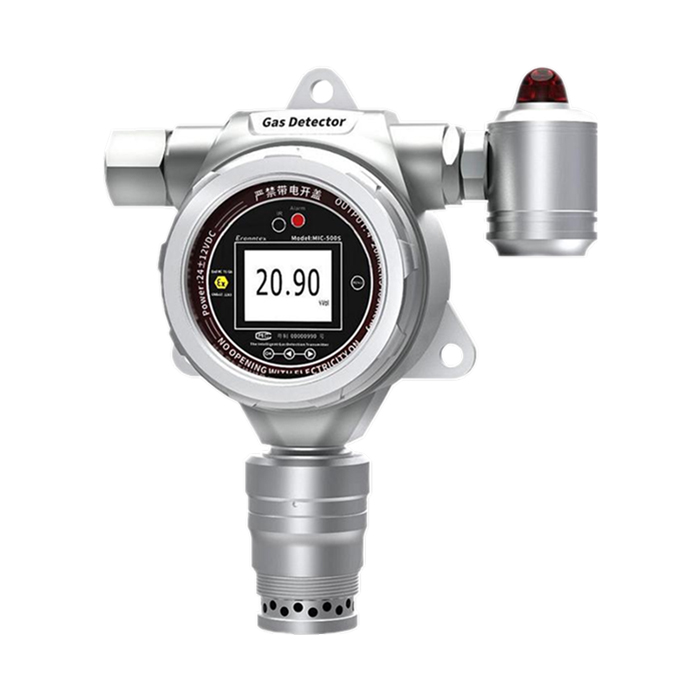
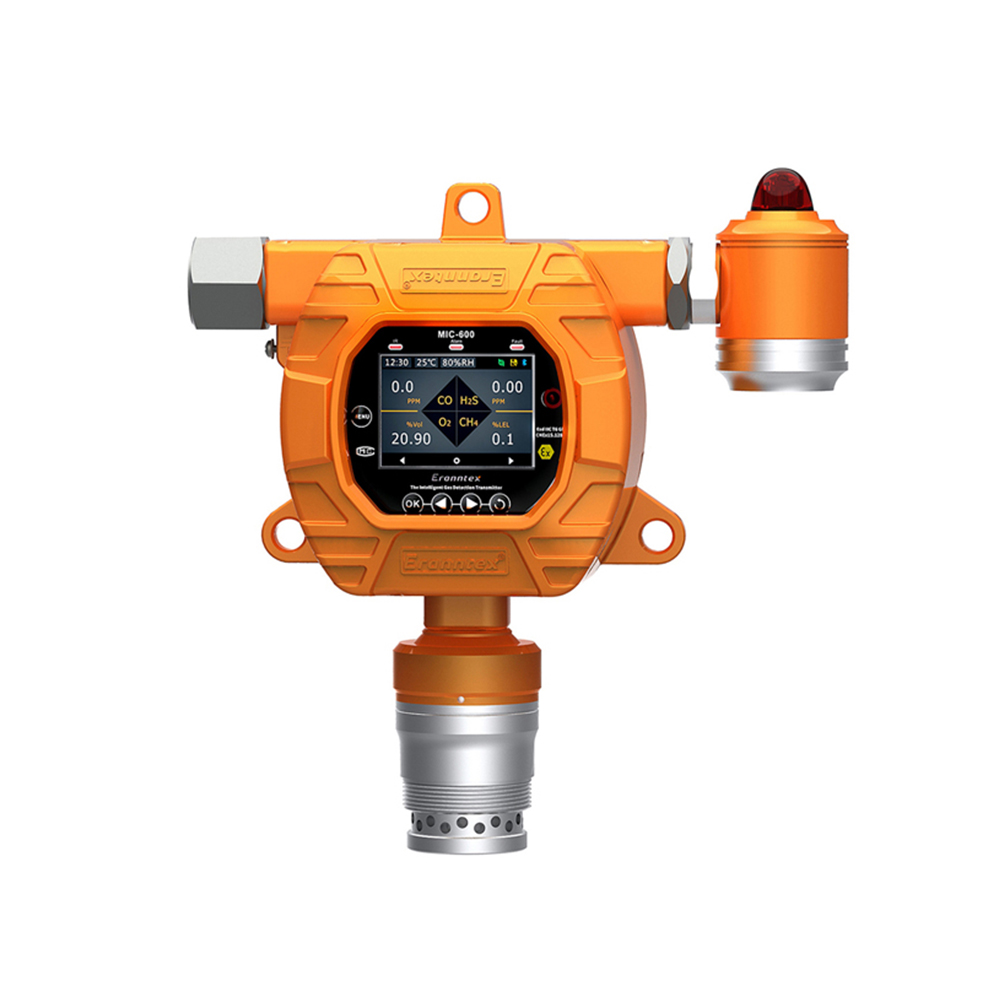
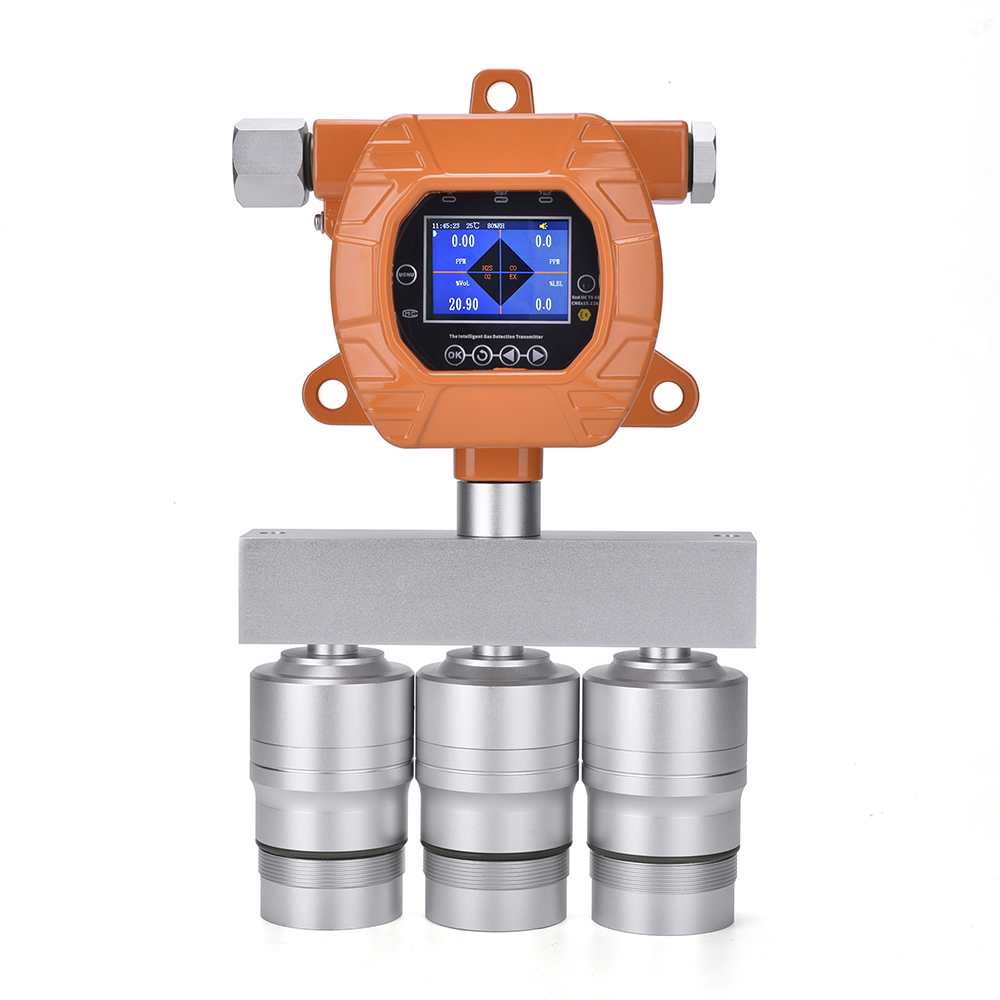

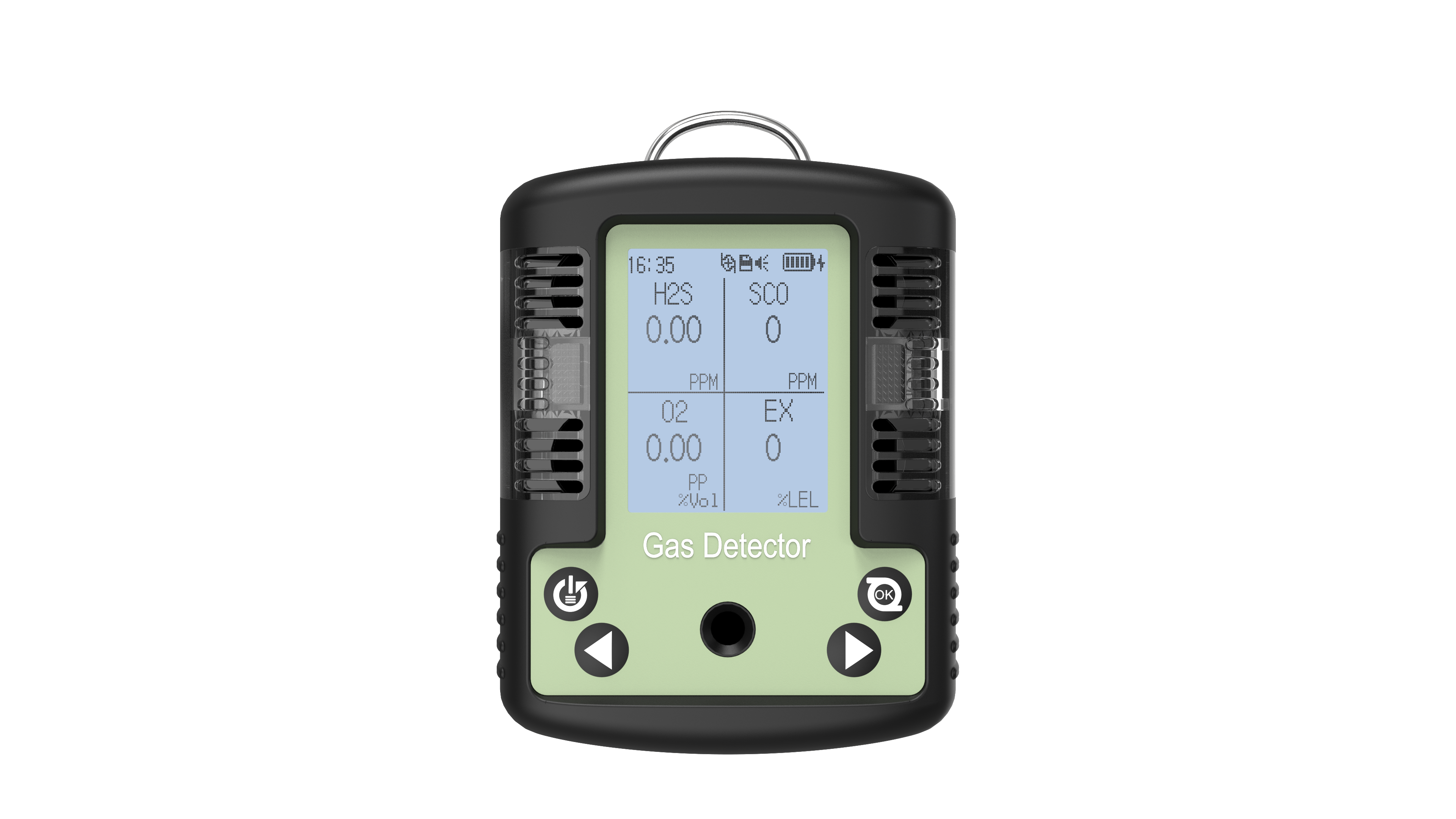

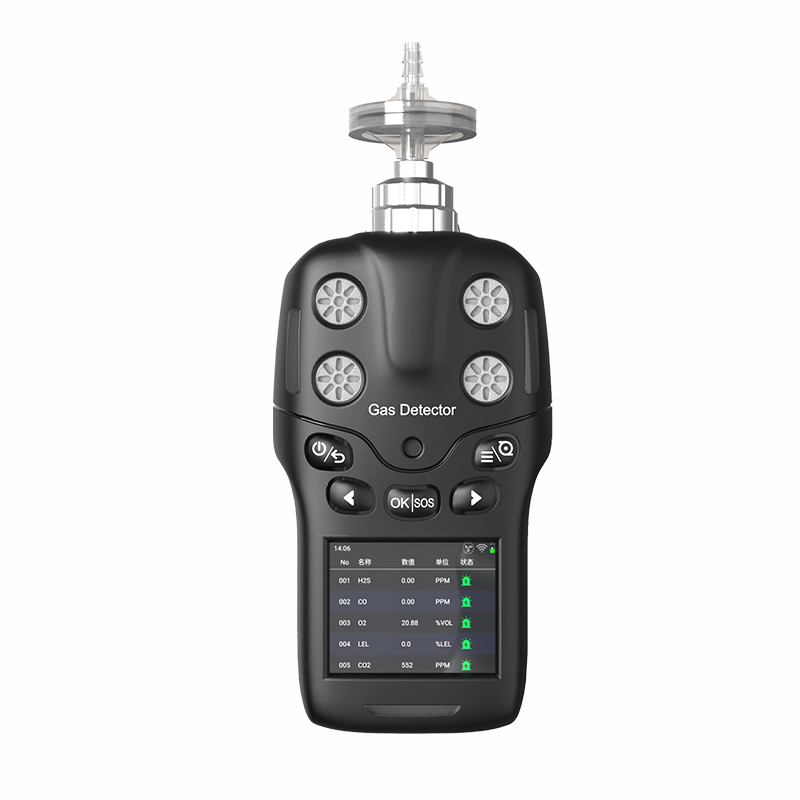

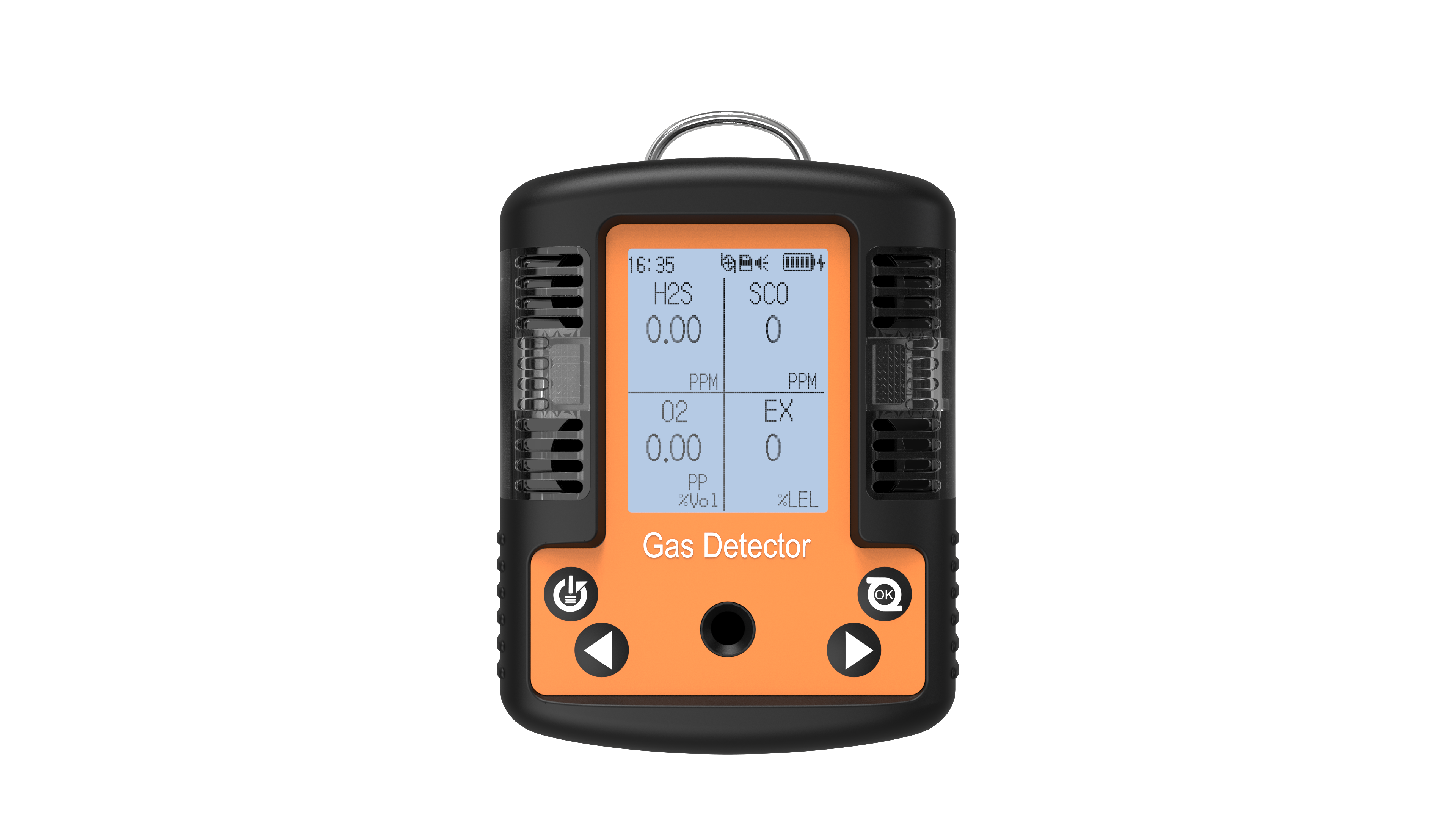
 info@eranntexgas.com
info@eranntexgas.com


 13480931872
13480931872